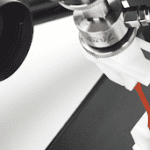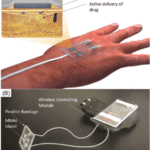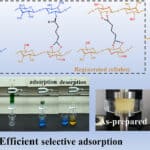What sets mechanical testing of biomaterials apart from manufactured materials? Understanding the distinct characteristics and behaviors of biomaterials, which are materials derived from living organisms, encompasses a multifaceted analysis. This includes evaluating aspects such as biocompatibility with the human body, degradation rates over time, and how they respond to different physiological conditions. On the other hand, manufactured materials, frequently synthetic in nature, undergo rigorous testing protocols that focus on criteria like long-term durability, strength under different stressors, and stability across a range of environmental conditions.
Soft and Fragile
For achieving optimal solutions, one could explore various alternatives to enhance performance. For instance, utilizing sandpaper-coated grips can significantly increase friction, thereby improving the overall grip. Additionally, implementing a multipoint puncture fixation method can ensure a secure hold, providing stability in various conditions. Another effective approach is clamping to firmly attached tabs, which enhances stability and control. Each of these methods offers unique advantages that can be tailored to meet specific task requirements, ultimately optimizing the outcome.

Heterogenous
Variations in biomaterial stiffness and strength may differ within a specimen, impacting its mechanical properties at different points. These variations can play a crucial role in the overall behavior of the material. By utilizing sophisticated techniques such as image-based strain analysis, researchers can precisely quantify local strains in the material. This detailed analysis provides valuable insights into how the material behaves under different conditions, aiding in the evaluation of its overall performance and potential applications.

Small
Metal and plastics are commonly prevalent materials, easily accessible for various applications. However, when it comes to biological tissues, their limited availability can present challenges. This scarcity highlights the critical need for precise control over force and displacement, particularly when dealing with smaller tissue samples. Achieving the necessary accuracy in manipulating these delicate structures is paramount for conducting successful research experiments or performing intricate medical procedures. The ability to navigate these intricacies effectively can significantly impact the outcomes of such endeavors.

Anisotropic
Anisotropic materials are substances that display distinct physical properties depending on the direction they are measured. This contrasts with isotropic materials, which exhibit uniform characteristics regardless of orientation. The study of anisotropy is crucial in fields such as physics, engineering, and materials science as it enables experts to anticipate and assess how materials will behave in a wide range of scenarios and environmental conditions. By delving into the complexities of anisotropic behavior, researchers can unravel the intricate nature of material properties and their implications across various applications and industries.

Geometrically Complex
Geometrically complex shapes, with their multitude of angles, curves, and symmetrical attributes, offer a visually captivating experience that intrigues the eye. The interplay of intricate patterns and formations within these shapes not only adds to their allure but also poses an intriguing challenge for biotesting methodologies. The detailed analysis required to decipher the complexities of these shapes provides a unique opportunity to delve into the depths of their structure and functionality.

Environmentally Sensitive
Being environmentally sensitive is crucial across numerous fields. When conducting tests under controlled temperatures, it is imperative to consider a multitude of factors beyond mere temperature. Factors such as hydration levels, pH balance, salinity, and the evolution of properties over time all contribute significantly to the outcomes. Taking into account these nuanced aspects is pivotal for guaranteeing precise and dependable results across a diverse array of testing scenarios.

Discover Caleb’s Corner’s latest post delving into the timeless debate: build from scratch or go for ready-made solutions? Delve into the insightful discussion on the advantages and disadvantages of building versus buying to empower informed decision-making aligned with your objectives and resources. Check it out here








